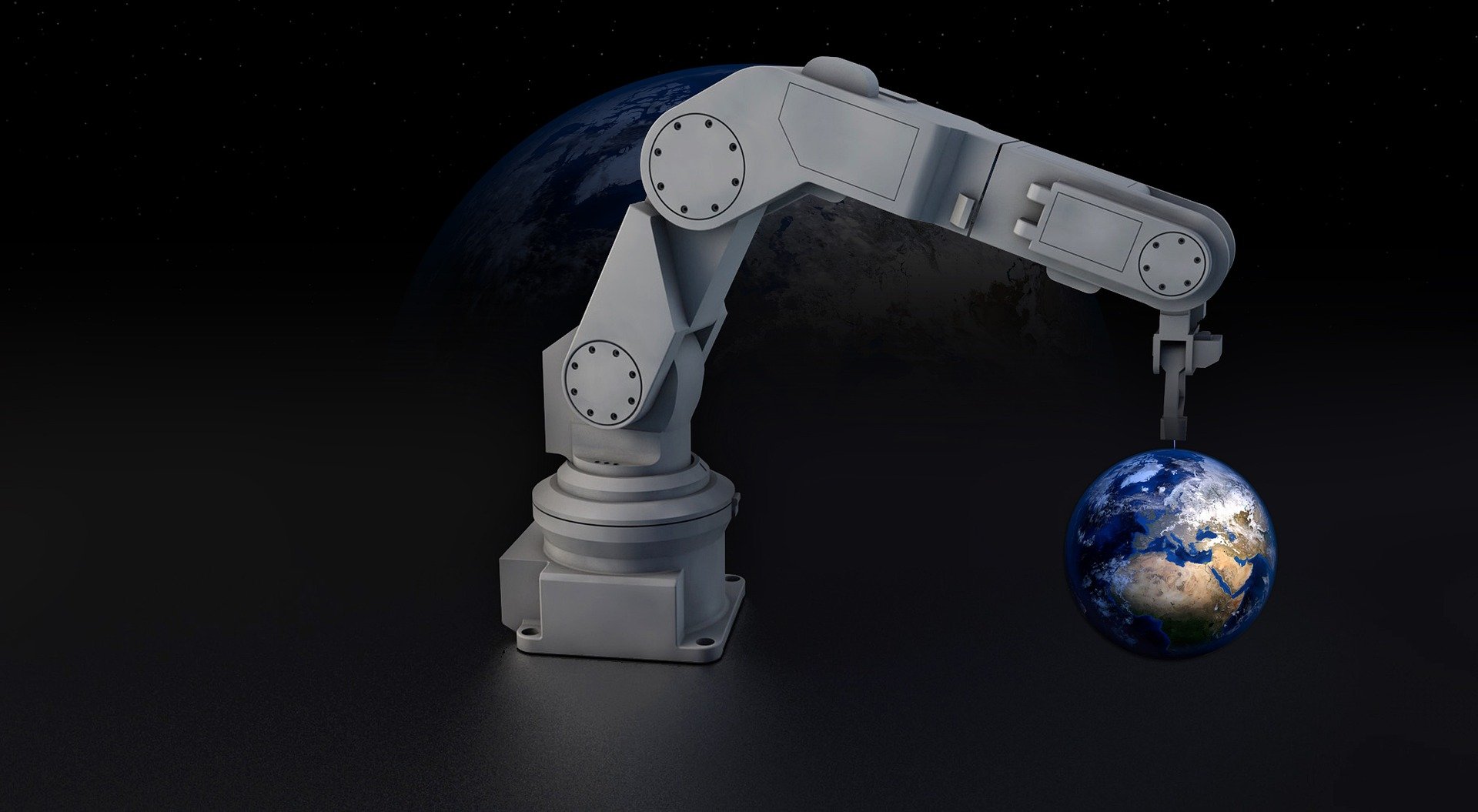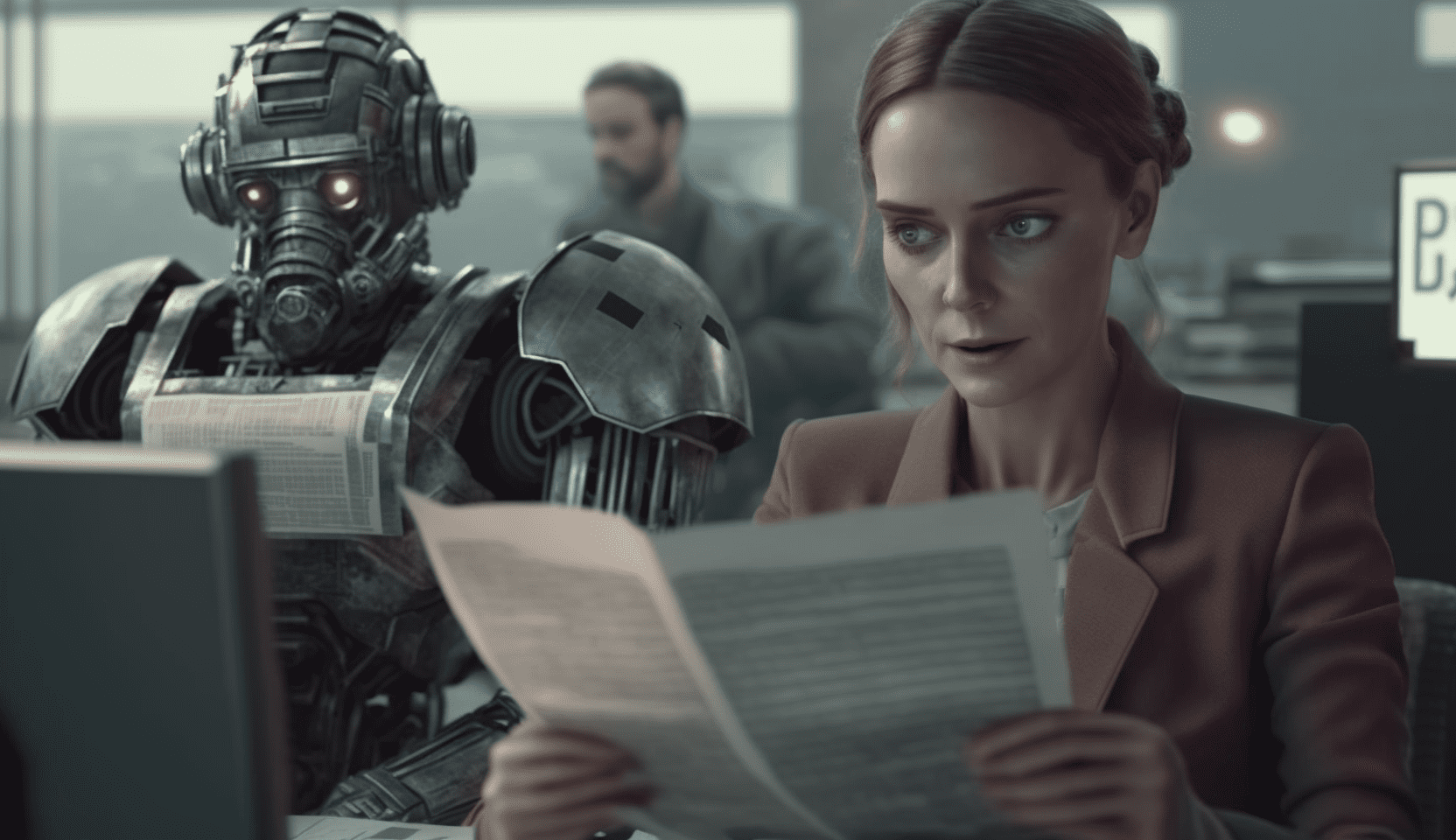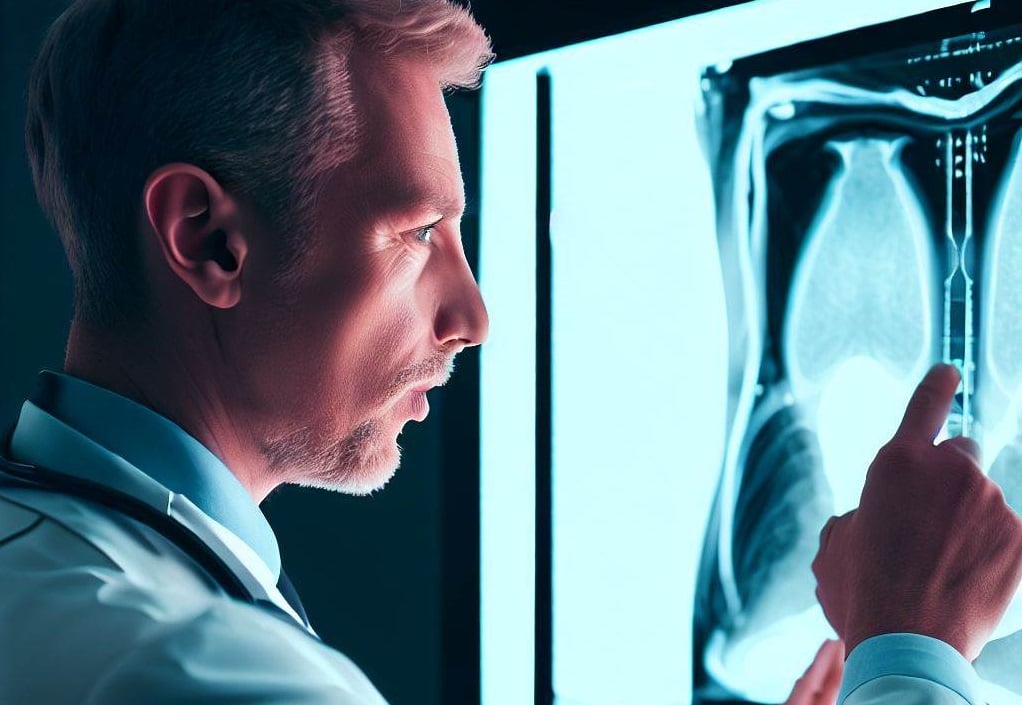
Why we send humans into space and hairdressers will never lose their job
In 1965 NASA had to justify why they were sending humans into space and not just computers. Their official answer was: ‘Man is the lowest-cost, 150-pound, nonlinear, all-purpose computer system which can be mass-produced by unskilled labour’. While your smartphone has about one million times the computing power of the Apollo 11 on-board computer (yes really), the same statement still applies today. The words to keep in mind here are ‘all-purpose computer system’.
AI systems can already solve highly specialized tasks like detecting breast cancer on X-ray images much better than humans ever could because it is a very narrow task in a controlled environment. On the other end of the spectrum robot sports journalists are automatically generating articles of soccer games. While automation has historically taken blue-collar jobs, these kinds of highly specialised white-collar jobs are now seeing the biggest decline.
AI will also catch up dashboard handlers
Jobs that require physical activity are already much harder to fully automate because the real world has a near infinite number of variables. While for example Tesla factories are highly automated, you still see human beings at one part of the production process, namely ‘clicking’ the dashboard of the car into the metal chassis. Why? The plastic dashboard flexes ever so slightly when handling, making it unpredictable. At some point however, AI will also catch up with the illustrious dashboard handlers and they too will be out of a job.
Remaining are the pink-collar jobs like nursing, entertainment and – you guessed it – hairdressing. We have arrived at the ultimate unpredictable variable, you love ‘m, you hate ‘m, human beings. While we can automate many parts of the process, interpreting human beings is incredibly complex because we are incredibly complex. In basic decisions like picking a shirt in the morning we tap into an enormous wealth of experiences stored in our brain, which we pick up and express subconsciously. Until we have a complete understanding of the human mind and can all agree on a common moral code we simply cannot let the AI overlords take over.
Masters of change
The underlying ability in all these hard or impossible to automate jobs is to make decisions based on the complete, rich context of the real world. This is based on an intricate understanding of the interaction of things and our ability to flexibly deal with changes. Although it might not seem like that when you’re talking to your racist uncle, we are all masters of change. Without significant physical adaptation we’ve gone from gathering berries on the savanna to putting people on the moon. If that doesn’t give you faith in humanity, I don’t know what will.
With FruitPunch AI we use challenge-based AI education to teach problem-first thinking to students from all over the world. Harnessing both the power of artificial intelligence: optimization in a predefined environment, and that of human beings: holistic decision making to solve some of humanity’s greatest challenges: the sustainable development goals of the United Nations. Want to join our efforts? Find out more at: https://fruitpunch.ai/join.
About this column
In a weekly column, alternately written by Buster Franken, Eveline van Zeeland, Jan Wouters, Katleen Gabriels, Mary Fiers, Tessie Hartjes and Auke Hoekstra, Innovation Origins tries to find out what the future will look like. These columnists, occasionally supplemented with guest bloggers, are all working in their own way on solutions for the problems of our time. So tomorrow will be good. Here are all the previous episodes.








